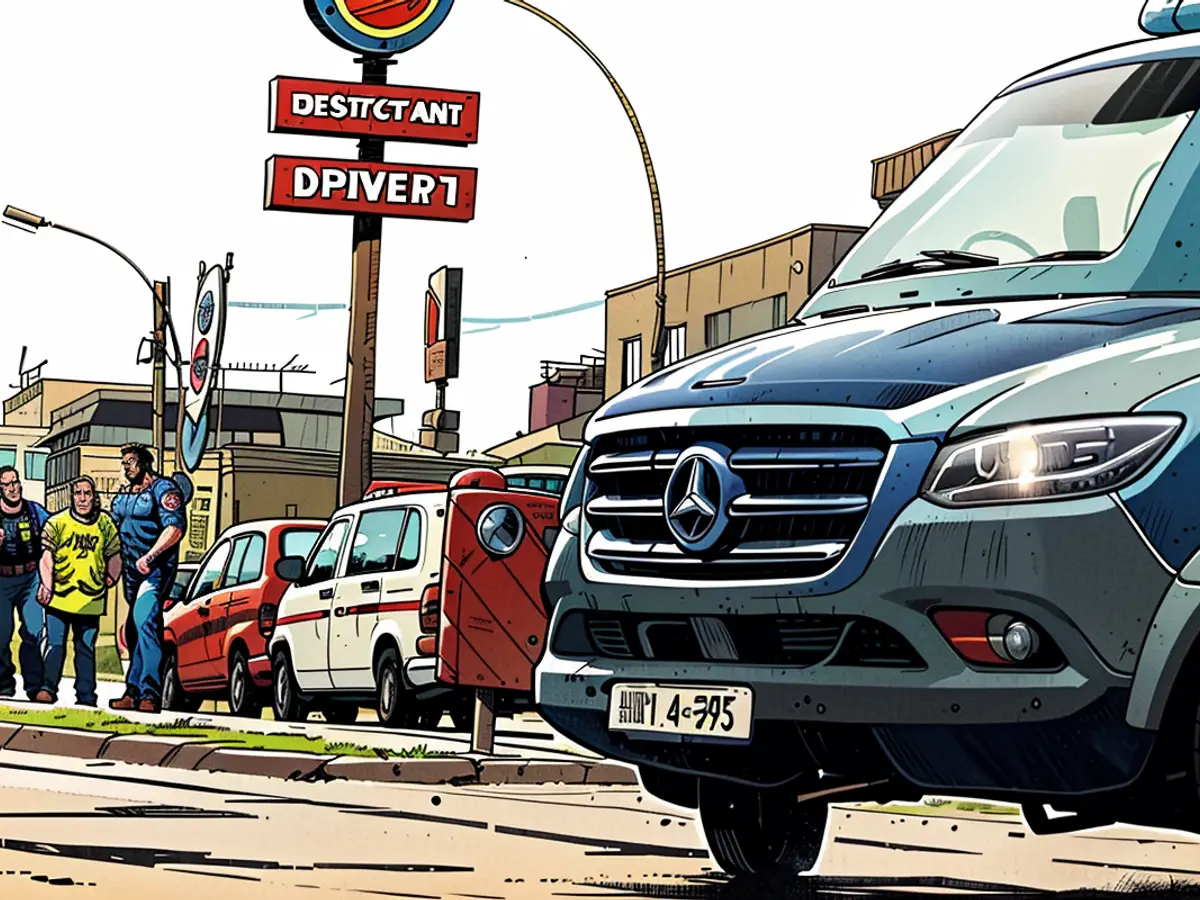EU study unveils insights. - Illicit drug market in Europe reaching new heights
Europe's drug market is thriving more than ever, as per the annual report of the European Monitoring Centre for Drugs and Drug Addiction (EMCDDA). EMCDDA's Director Alexis Goosdeel remarked on Tuesday that this sophisticated drug market is constantly evolving and now encompasses an array of widely available established illegal substances along with new potent synthetic substances.
As per the report, 26 novel drugs were uncovered in Europe last year, mandating the monitoring of over 950 psychoactive substances by the EMCDDA.
Apart from the surge in new drugs, multiple substance use, or simultaneously consuming two or more distinct drugs, is turning out to be a growing issue. The most prevalent drug combinations, as per the report, consist of combinations of benzodiazepines and opioids - both sedatives and tranquilizers, or combinations of stimulant cocaine and alcohol.
Cocaine - Europe's Unlawful Trendsetting Drug
An estimated four million individuals between the ages of 15 and 64 in Europe are cocaine consumers, making it the most prominent illicit drug in the region, according to the report. Nearly one-fifth of Europe's reported fatal overdose deaths in 2022 were linked to cocaine, often in conjunction with other substances.
The smuggling of cocaine from South America to Europe has risen for the sixth straight year, as per the report. The EMCDDA believes that only a small fraction of the cocaine being transported is intercepted by law enforcement agencies.
Huge quantities of cocaine are being brought in through major European ports like Antwerp, Rotterdam, and Hamburg. Due to heightened surveillance at large ports, traffickers are now allegedly shifting towards less regulated ports in Sweden and Norway. In addition, cocaine is also being manufactured in Europe itself: the report indicates that 39 cocaine labs were found in Europe in 2022, as opposed to 34 in 2021.
Heroin from Afghanistan
Marijuana is the most popular drug in Europe, with 22.8 million individuals on the continent using it in 2023, including 15.1 million young people between the ages of 15 and 34.
The vast majority of the heroin consumed in Europe is sourced from Afghanistan, as stated in the EMCDDA report. Following the prohibition of poppy cultivation - a heroin precursor - in Afghanistan in 2022, the agency expresses apprehension about potential heroin shortages in Europe. Possibly, this deficiency may be compensated with more potent synthetic opioids. In this context, the agency issues a rebuke against the rising use of nitazene, which is 500 times stronger than morphine.
Read also:
- The EMCDDA report also highlights the issue of heroin in Europe, with a significant portion coming from Afghanistan.
- Despite the ban on poppy cultivation in Afghanistan, which is a heroin precursor, the EU expresses concerns about potential heroin shortages in Europe, potentially leading to an increase in the use of more potent synthetic opioids.
- In the context of the illicit drug market in Europe, the EMCDDA also monitors substances coming from sources like Latin America, including cocaine and heroin.
- Mannheim authorities respond emotionally to the passing of a fellow officer.
- Earth depot with weapons, plans for attack on Jews - what we know about the Hamas arrests
- Böhmermann took apart the hype company More Nutrition - now customs have raided it
- Böhmermann took apart the hype company More Nutrition - now customs have raided it








